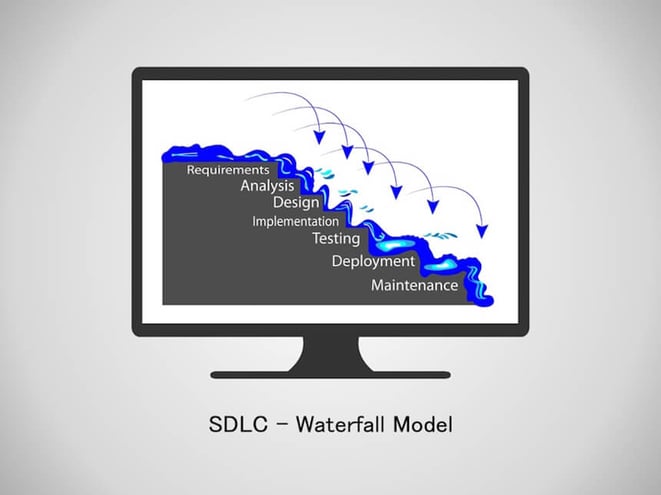In our fast pace world today, flight delays and cancellations can cost an economy billions of dollars. With over 40,000 employees serving more than 52 million passengers a year, companies like Japan Airlines have streamlined, strategical project management to ensure that all variables in the workflow are performing with minimal error and at optimal efficiency.
If a large and multifaceted company like Japan Airlines can manage their processes in an industry where every minute wasted is worth thousands of dollars, so can you and your business.
Project Management Strategy
Before you begin searching for a project management software, it is vital to first have a defined project management strategy so you know exactly what tools you need to support your team. A tool can facilitate for example, communication, but you must first define how you are communicating. There is no one-size-fits-all solution, so you must define what's best to guide your team.
There are two main philosophies when it comes to project management strategy: waterfall vs. agile.
What is waterfall?
The waterfall methodology is the classic approach to project management. It is linear, sequential, and noniterative. This means that the process happens stage by stage and progresses via phases from start to finish.

The sequence of events in waterfall project management follows this order:
- Requirements
- Design
- Implementation
- Verification
- Maintenance
As you can see, the workflow is mapped out from inception and each phase must be correctly completed before the process moves forward. You cannot begin implementation until a prototype or wireframe is designed and mapped out. The largest downside of the waterfall methodology is that there is no room for error. Once you have proceeded to the next stage in the development process, it would be incredibly laborious to incorporate changes into the waterfall model. A change in technology or business goals could require a complete overhaul of the process that requires a complete restart.
What is agile?
Like Japan Airlines, many companies are faced with too many variables in their processes for the waterfall model to work. In attaining an efficient workflow, a more flexible solution is needed.
Agile is an iterative, incremental, team-based approach to project management that derives from the Lean method of continuous improvement to accelerate growth. According to the Agile Manifesto, agile prioritizes “individuals and interactions over processes and tools” and “responding to change over following a plan”. Thus, requirements can be changed within each phase, offering much more flexibility. Agile project management is best utilized in projects that require a lot of collaboration and creativity such as in non-physical deliverables.

The flexibility in agility can be a downfall for certain teams if management is not properly implemented. As there is not a concrete, step-by-step plan set in stone like the waterfall methodology, efficient management and communication is essential to ensure your team does not lose track or deviate from the project goals.
What's best for my team?
In the real world, most teams probably fall somewhere in-between both methodologies in terms of planning and flexibility. With the rising popularity of agile, more tailored project management methods have arised from the Agile philosophy that focuses on iterative processes. These methods include Scrum and Kanban, with Kanban being less time-structured than Scrum. Your team should explore all project management practices and decide what works best for you.
Once you have defined your project management strategy, you can more efficiently utilized a tool to streamline your day-to-day operations, task assignments, and overall team collaboration. This is where a workflow management platform like Kintone comes in. Kintone's solutions not only allows execution, management, visualization and analysis of the project management process, but it also enables all the collaboration and agility needed to seamlessly pursue continuous improvement of that process.












